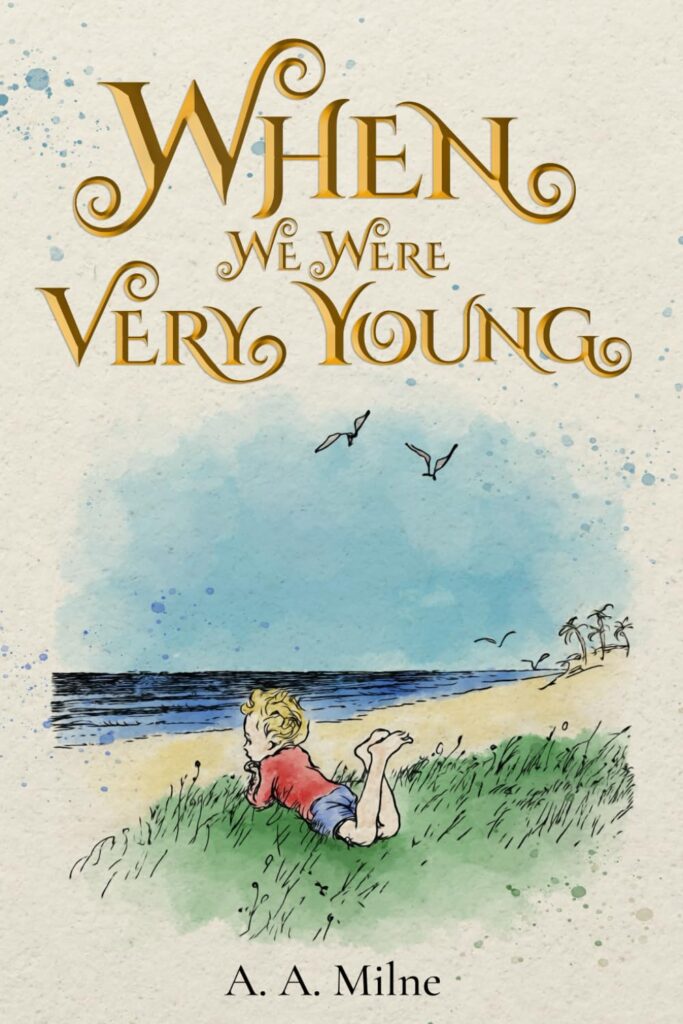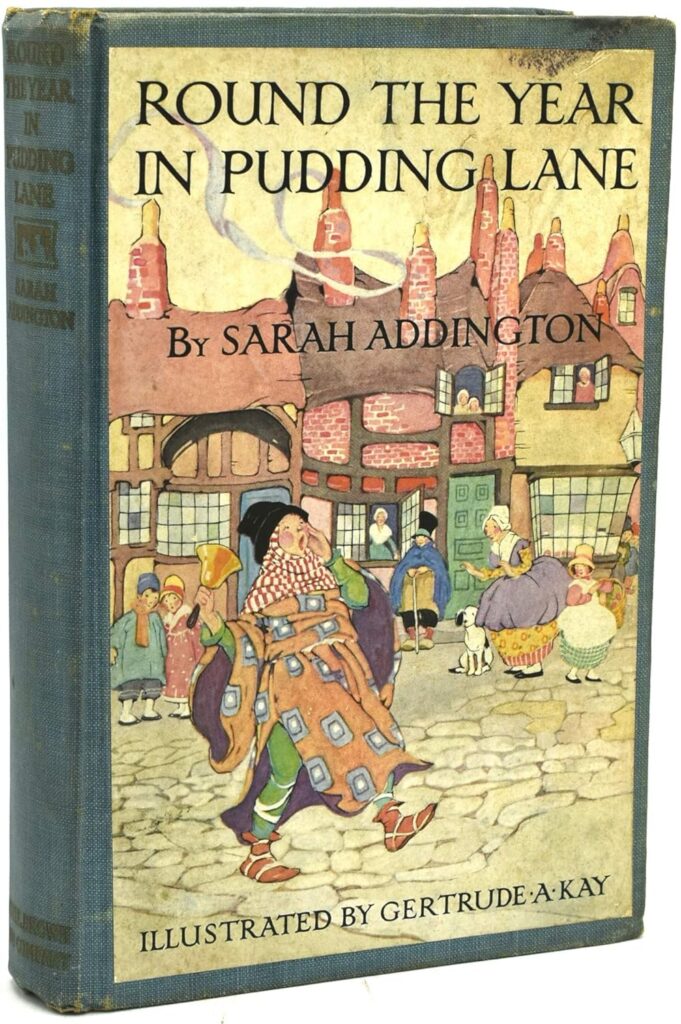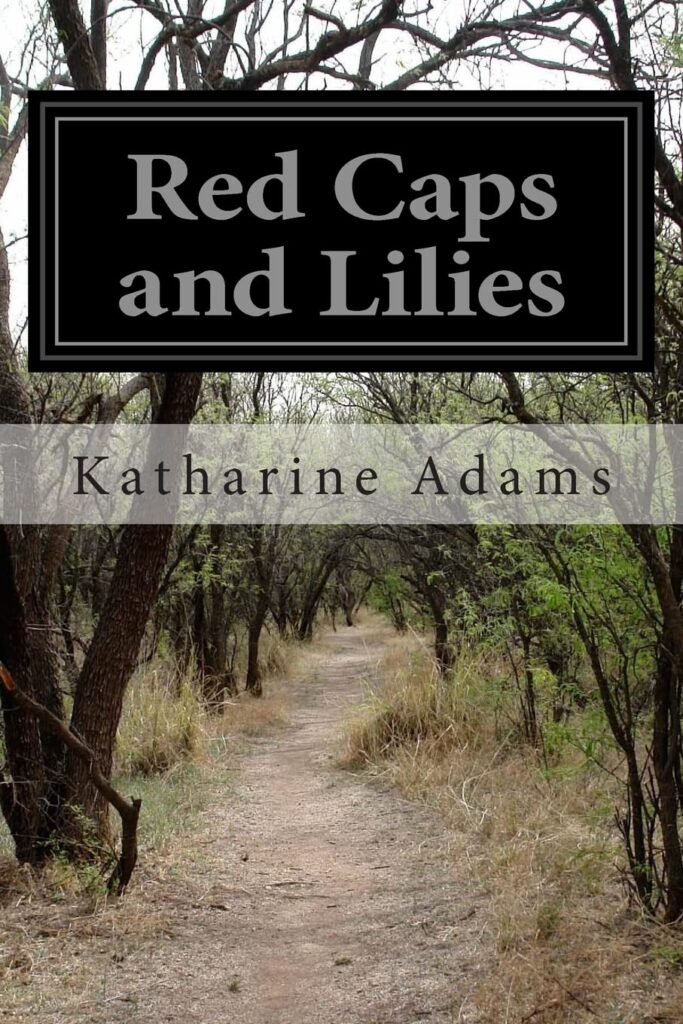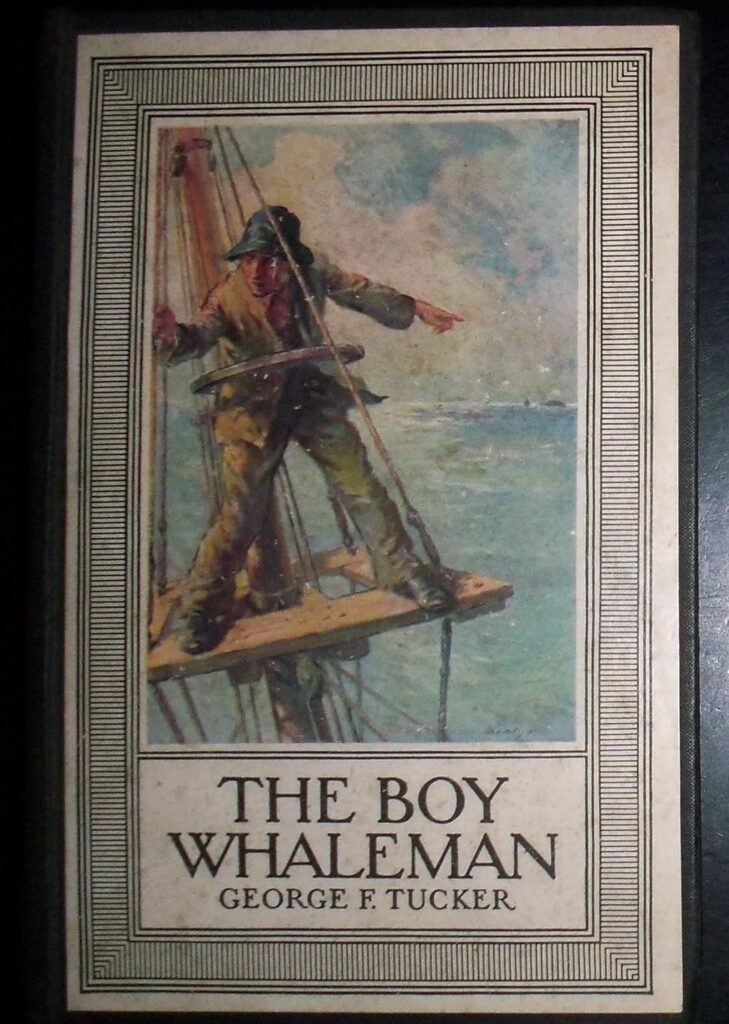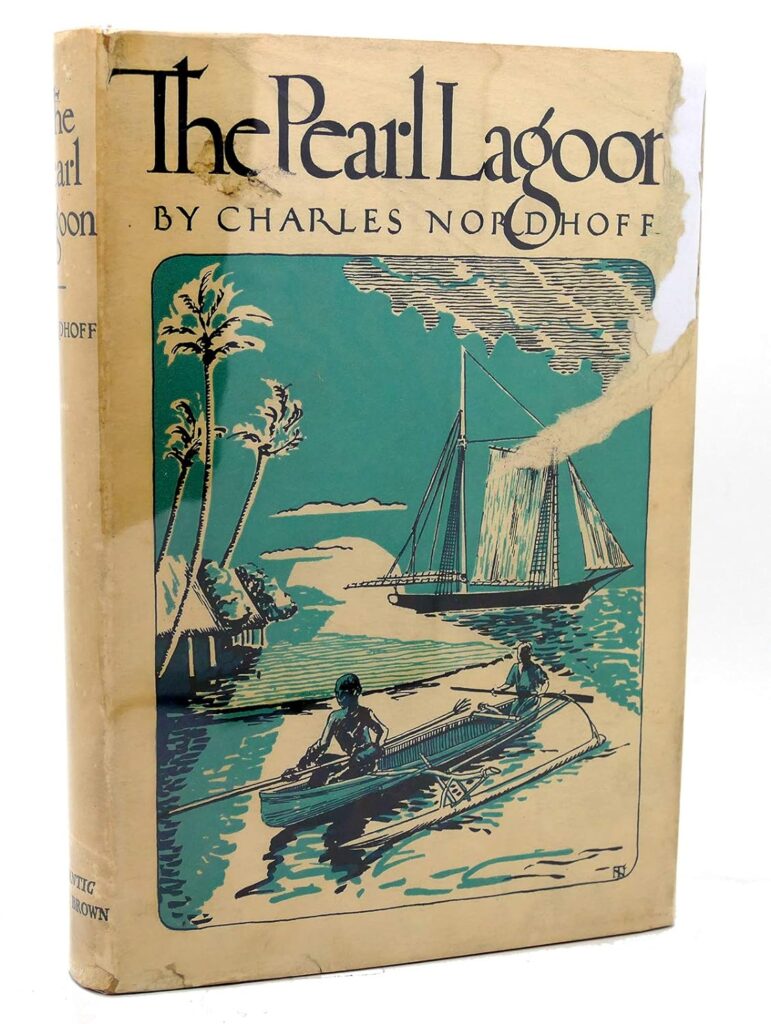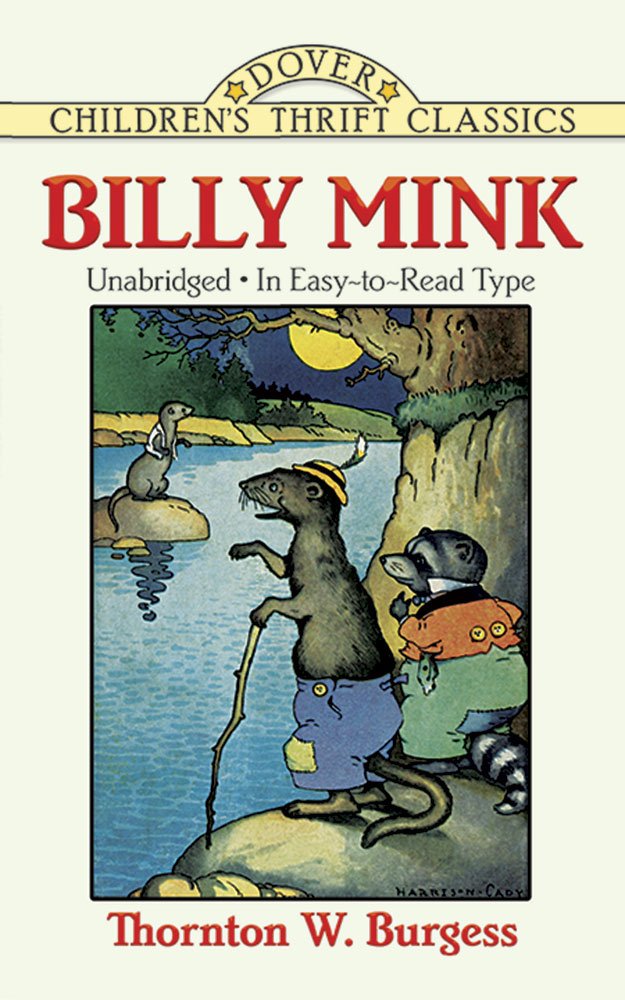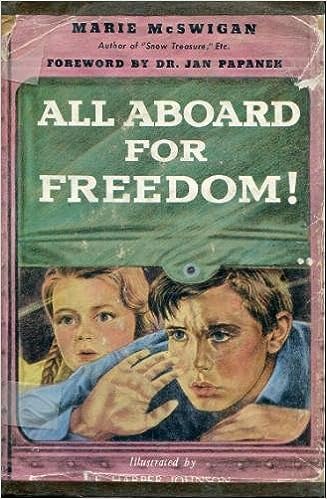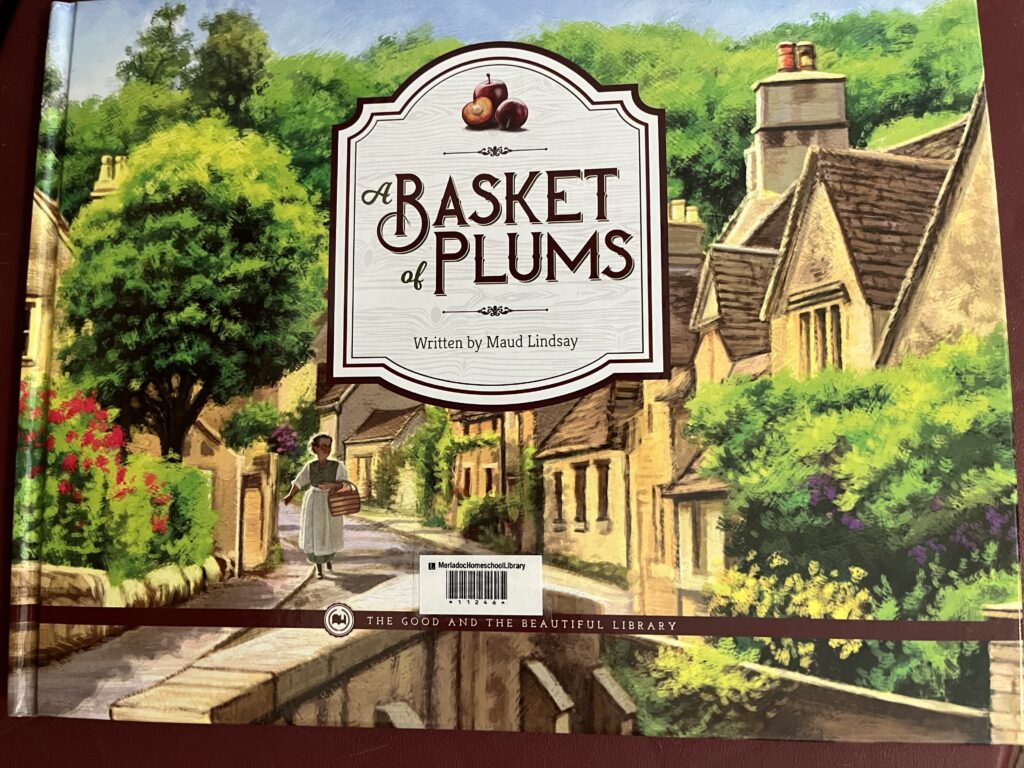Just as I was making my way through this collection of poems by Winnie-the-Pooh creator, A.A. Milne, I saw someone fretting about reading these very poems as a part of her homeschool curriculum (Ambleside Online). She says they have been reading the poems aloud, and “Honestly I don’t get it. The kids ask me what it was about and I honestly have no clue.”
I sympathize. A lot of poetry used to make no sense to me. Then I learned to just enjoy the rhyme and the rhythm and the language and the word pictures for what they are: just fun, although sometimes serious or thoughtful, turning things round and upside down, and looking at the world from a different perspective. It doesn’t need to all make sense. The poems in When We Were Very Young look at life from a child’s point of view, a British child of the early twentieth century, and that can be disorienting. But it can also be fun.
Have you ever thought about the clouds looking up at the green sky? What about a mother who gets lost because she won’t obey her son with a ridiculously long name? What’s the one thing you think you would remember from a trip to the zoo? (“But I gave buns to elephant when I went down to the zoo!“) And what is the matter with Mary Jane? And what would you do if you were king (or queen)?
These poems aren’t meant to be got (understood). They are just intended to be enjoyed. I recommend When Were Very Young and the other Milne collection of poems, Now We Are Six, for family read aloud to all ages. A poem a day keeps the doctor away. Just read the poem out loud in your very best rhythmic and ridiculous voice. No commentary or explanation. If they ask, ask them what they think. Just read and move along. Think of them as nursery rhymes, for that is what they are, and jolly good ones, too.
When We Were Very Young was first published in 1924, and I read it as part of our 1924 project. 100 years after its first appearance, this book of silly little poems is still a living book.
